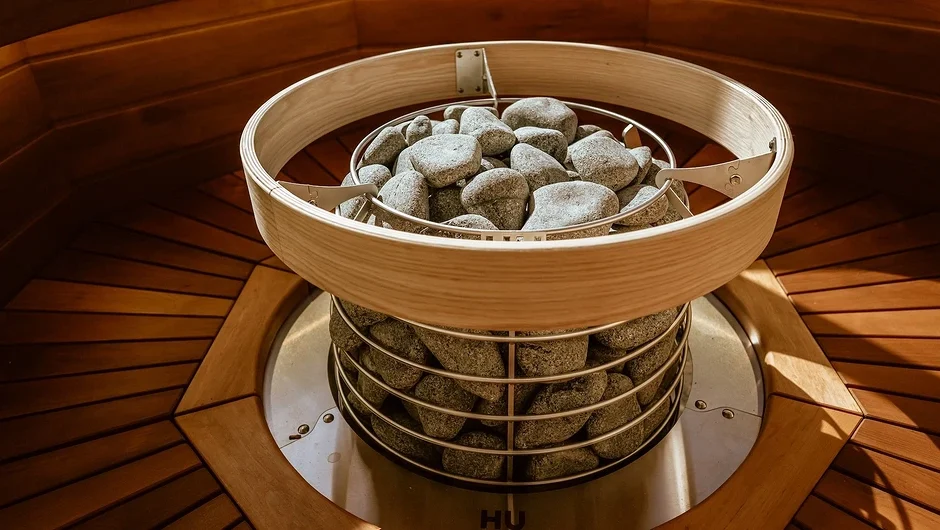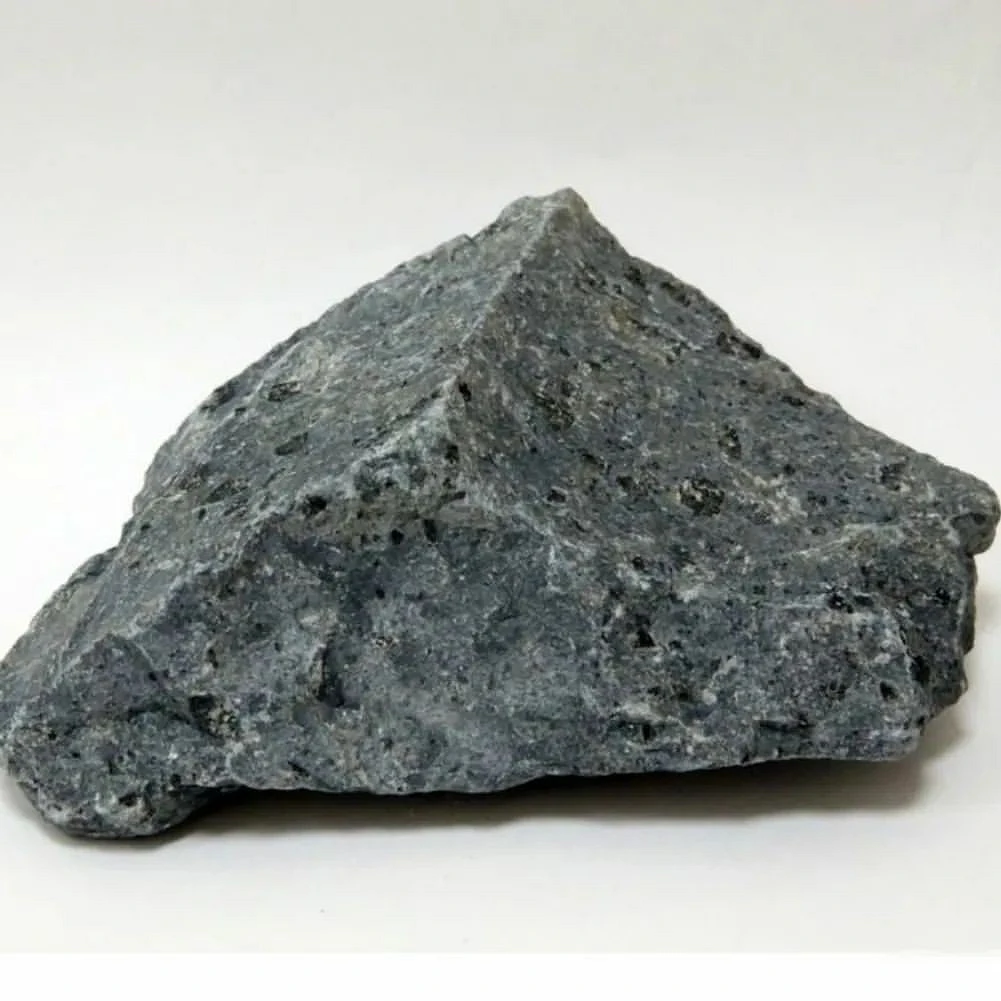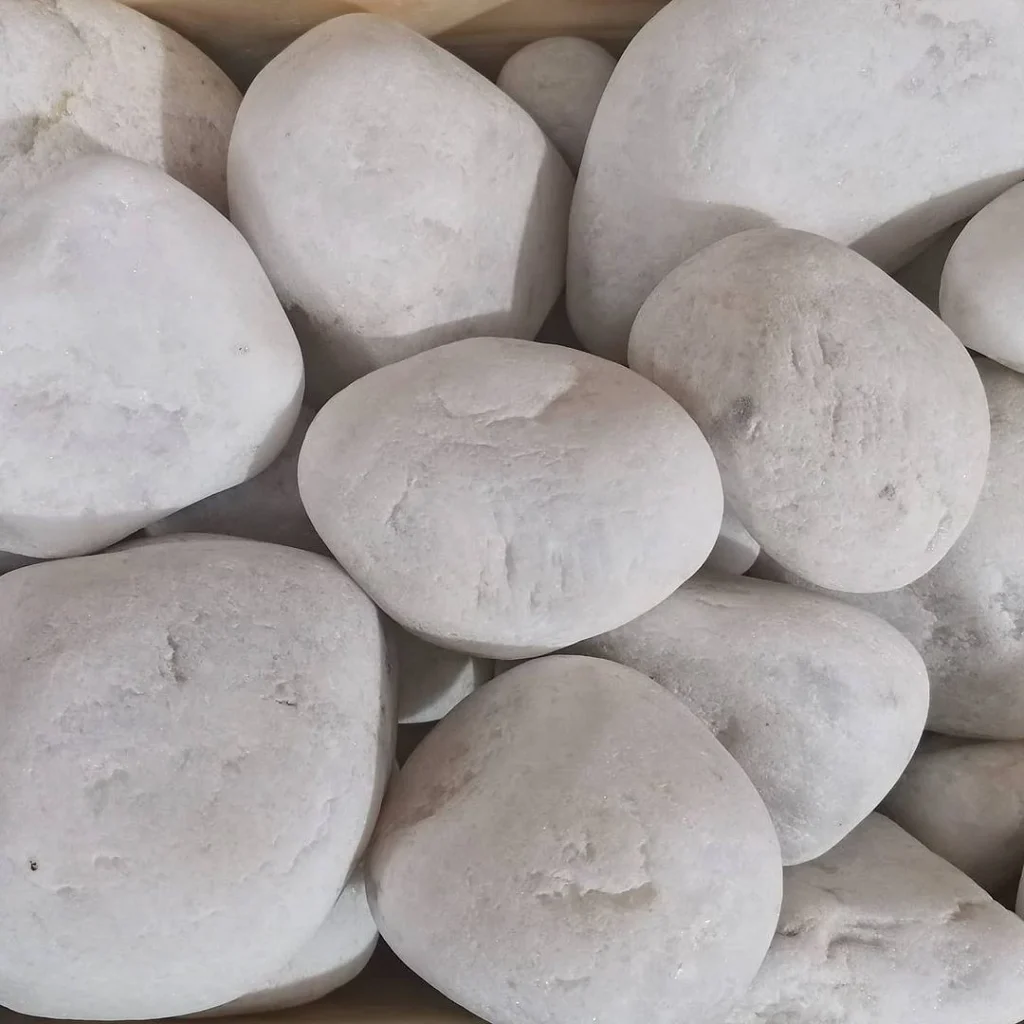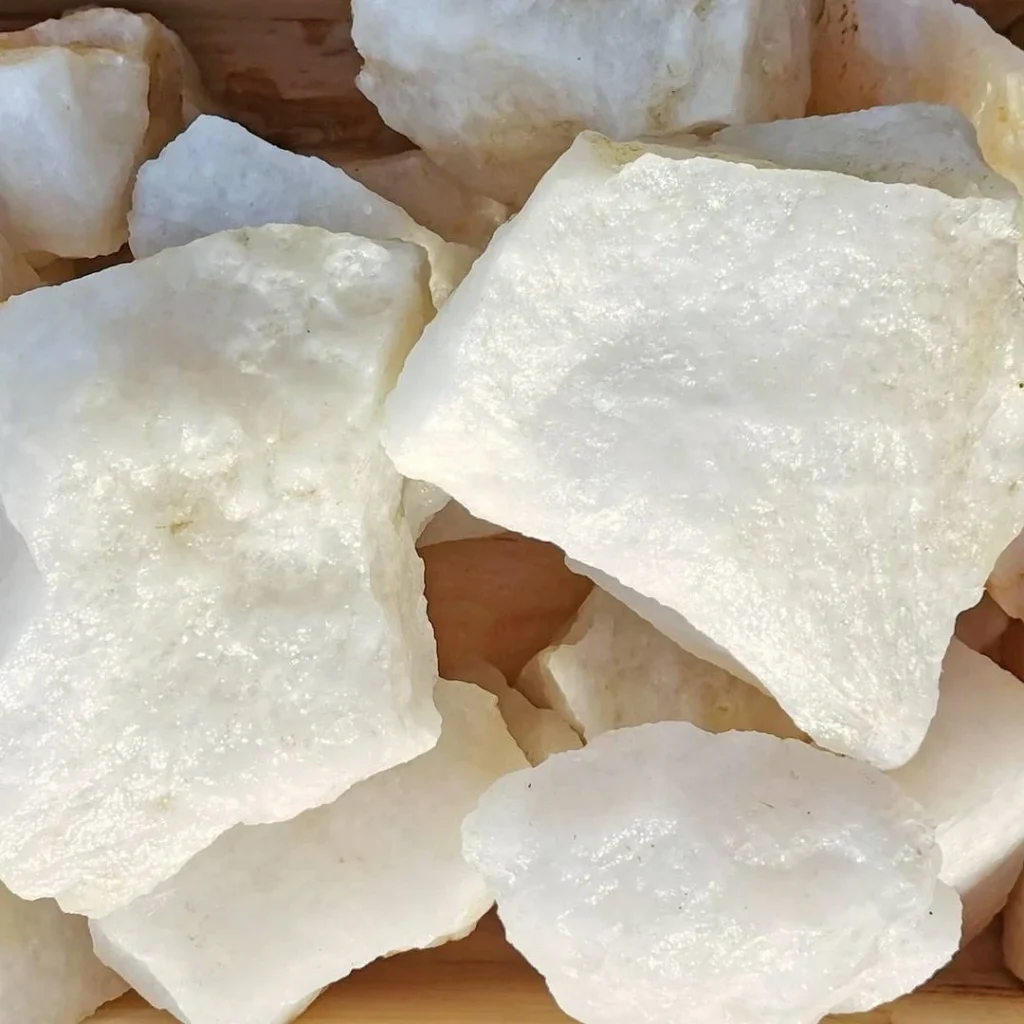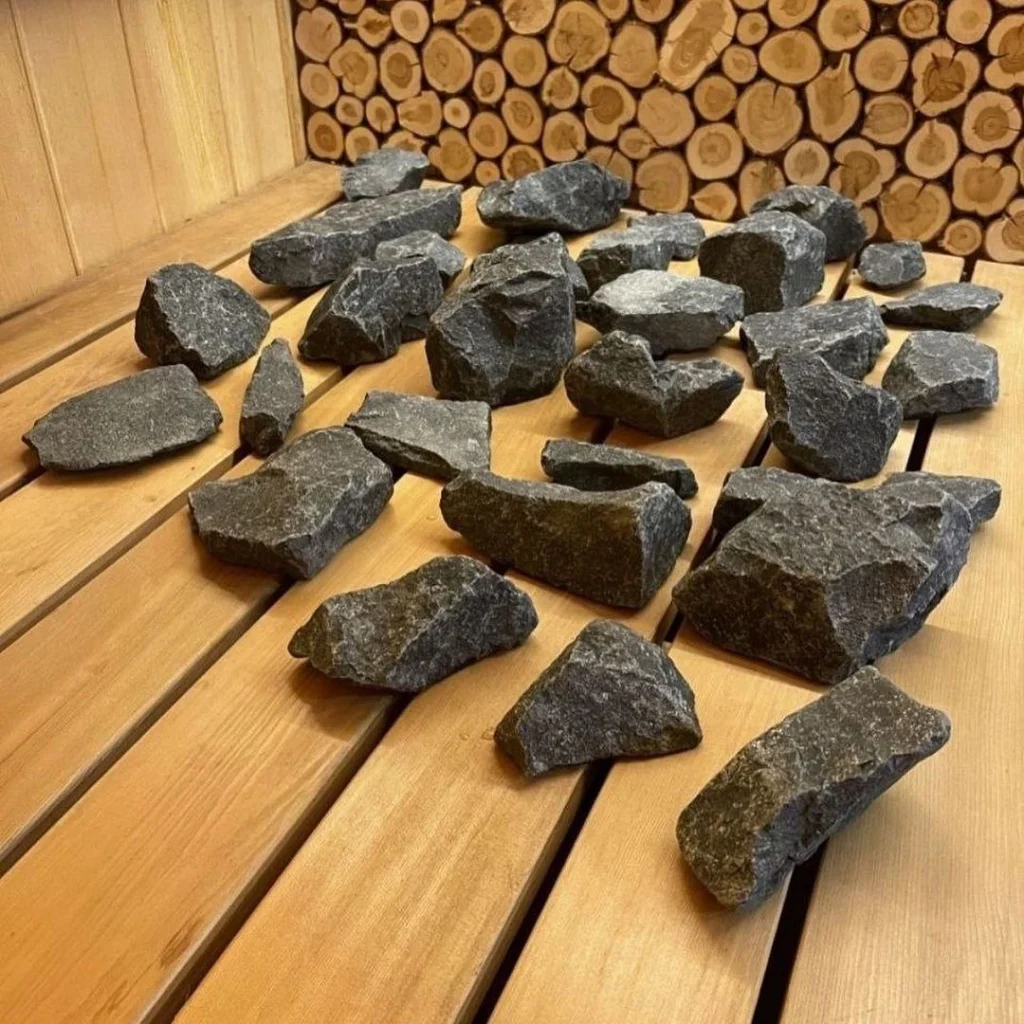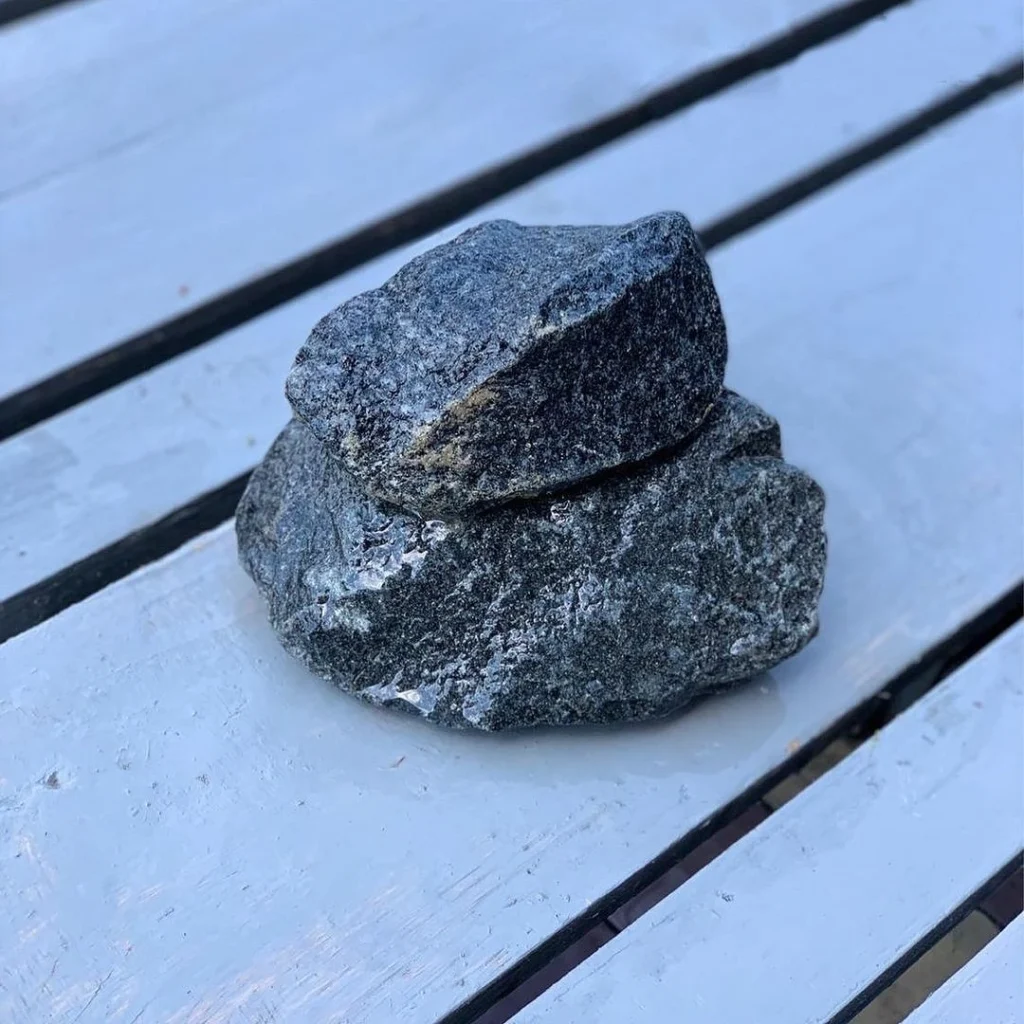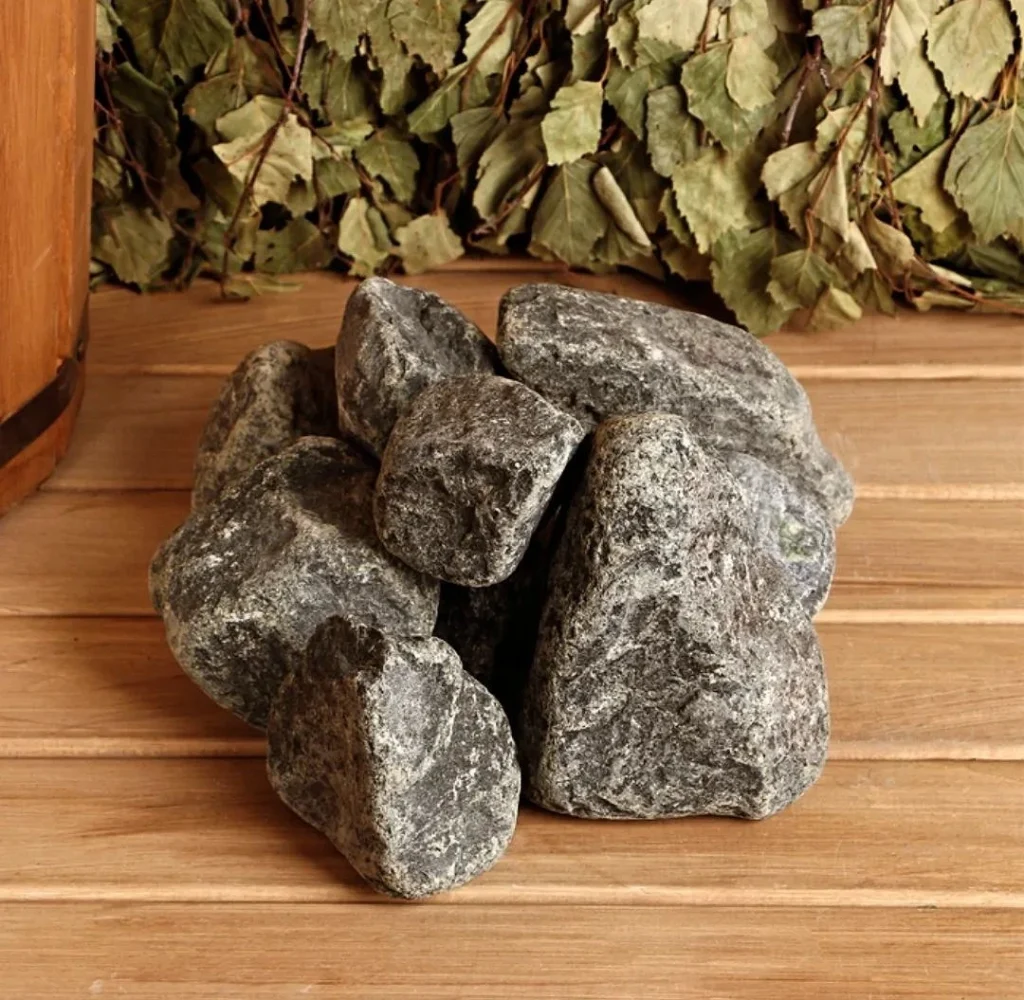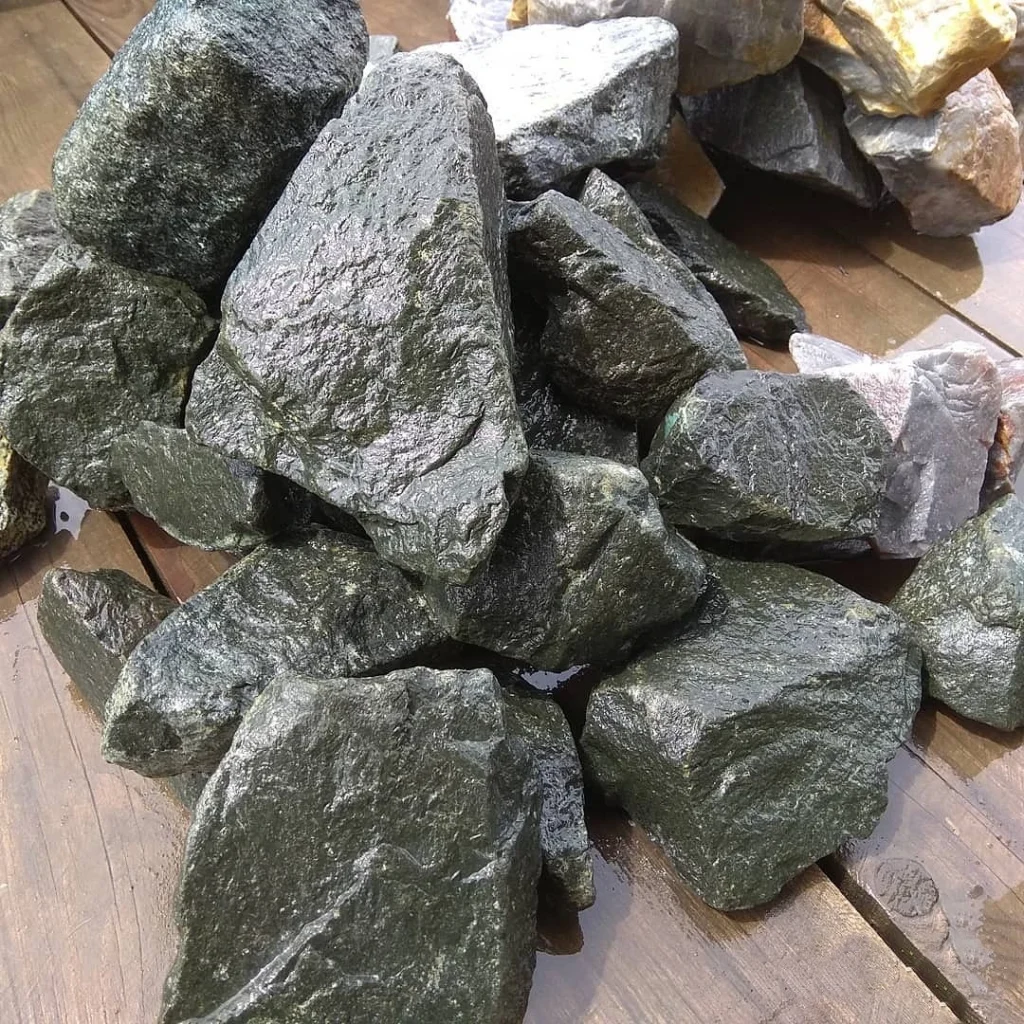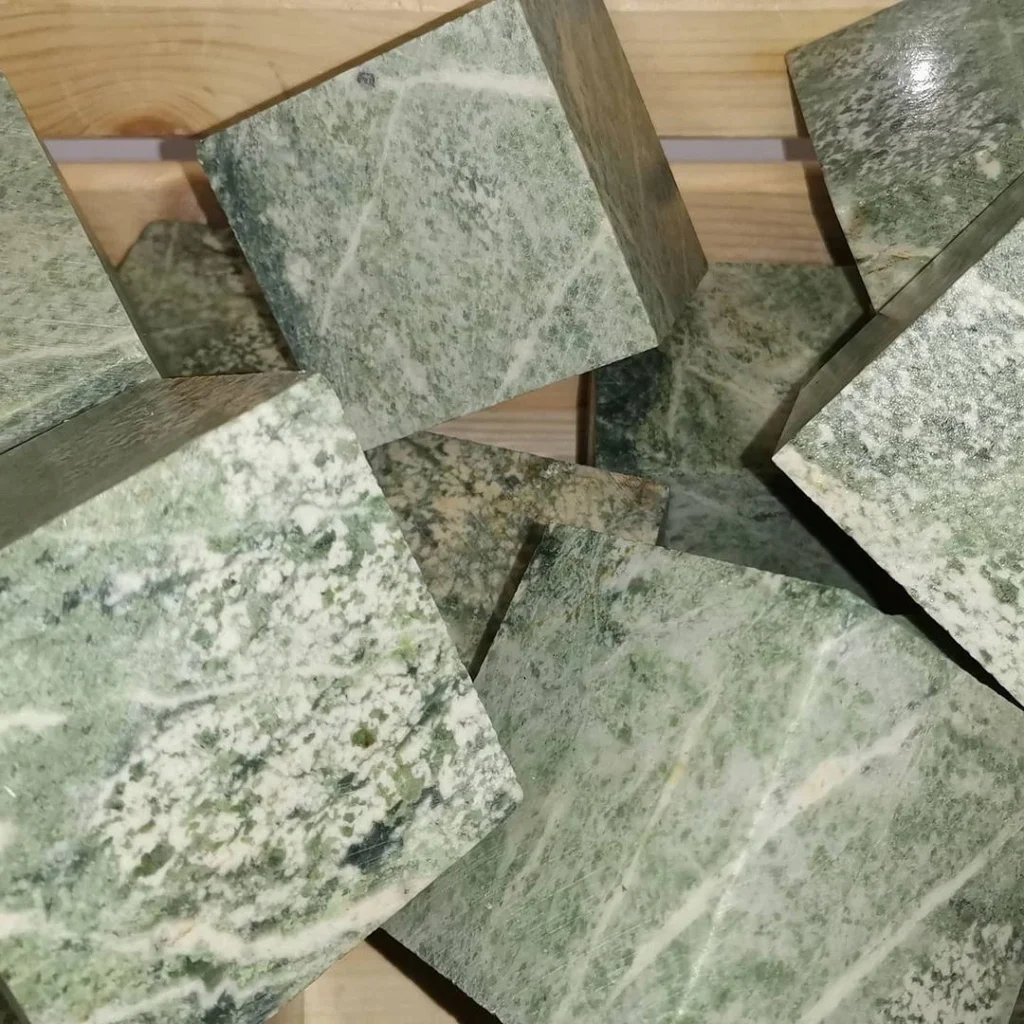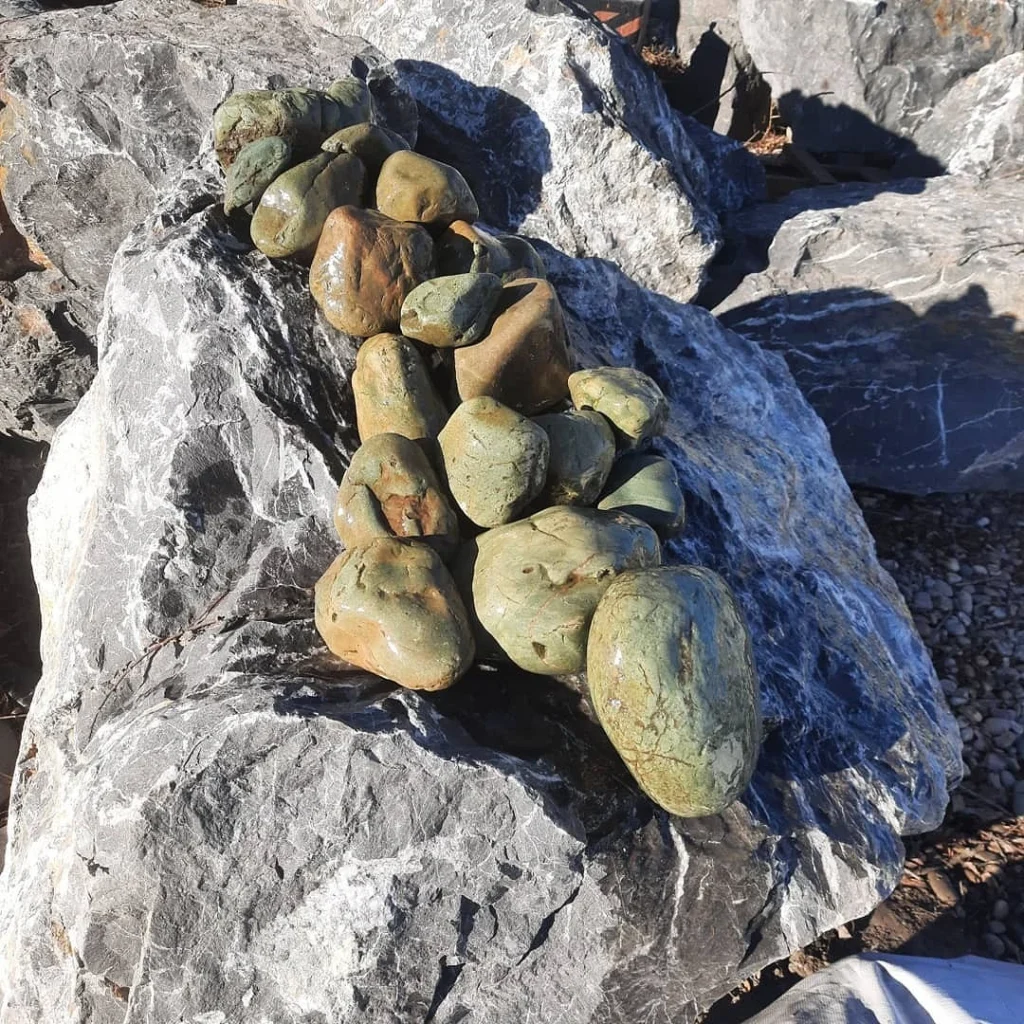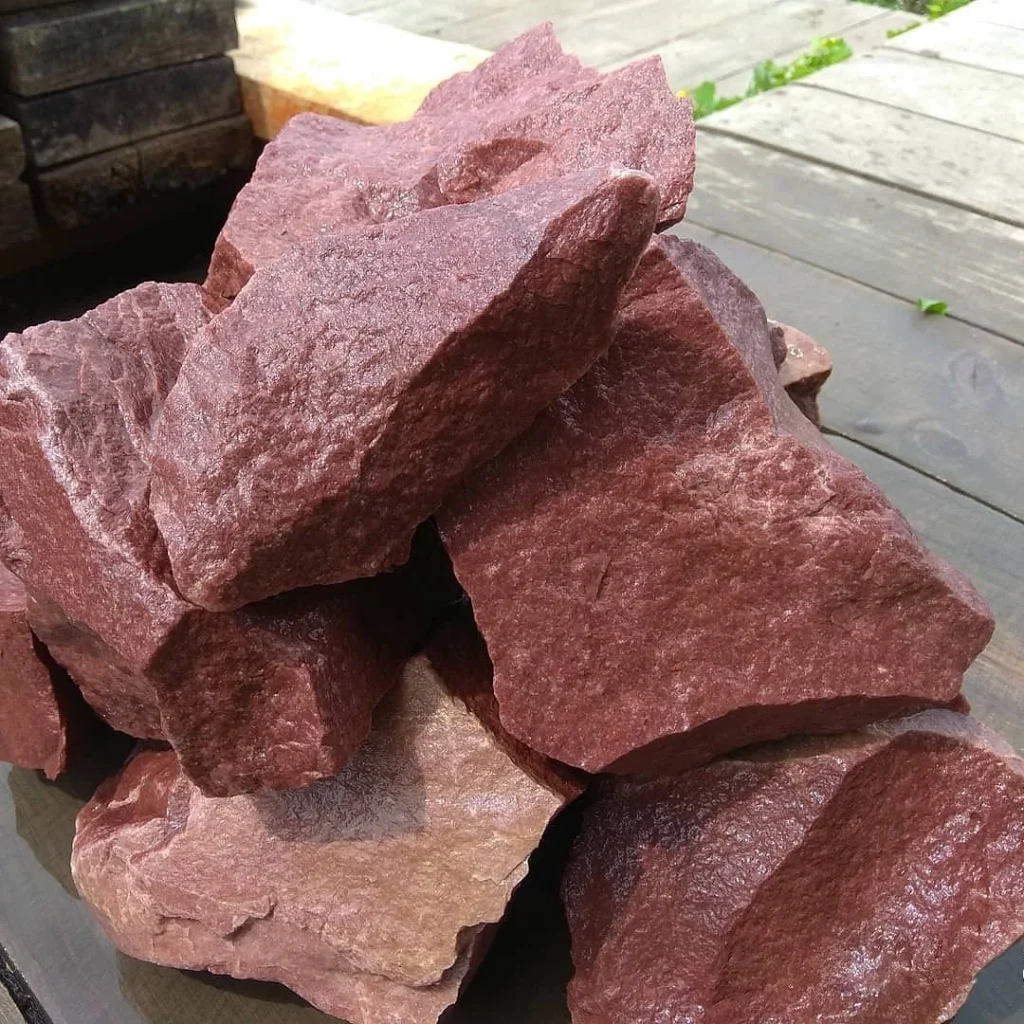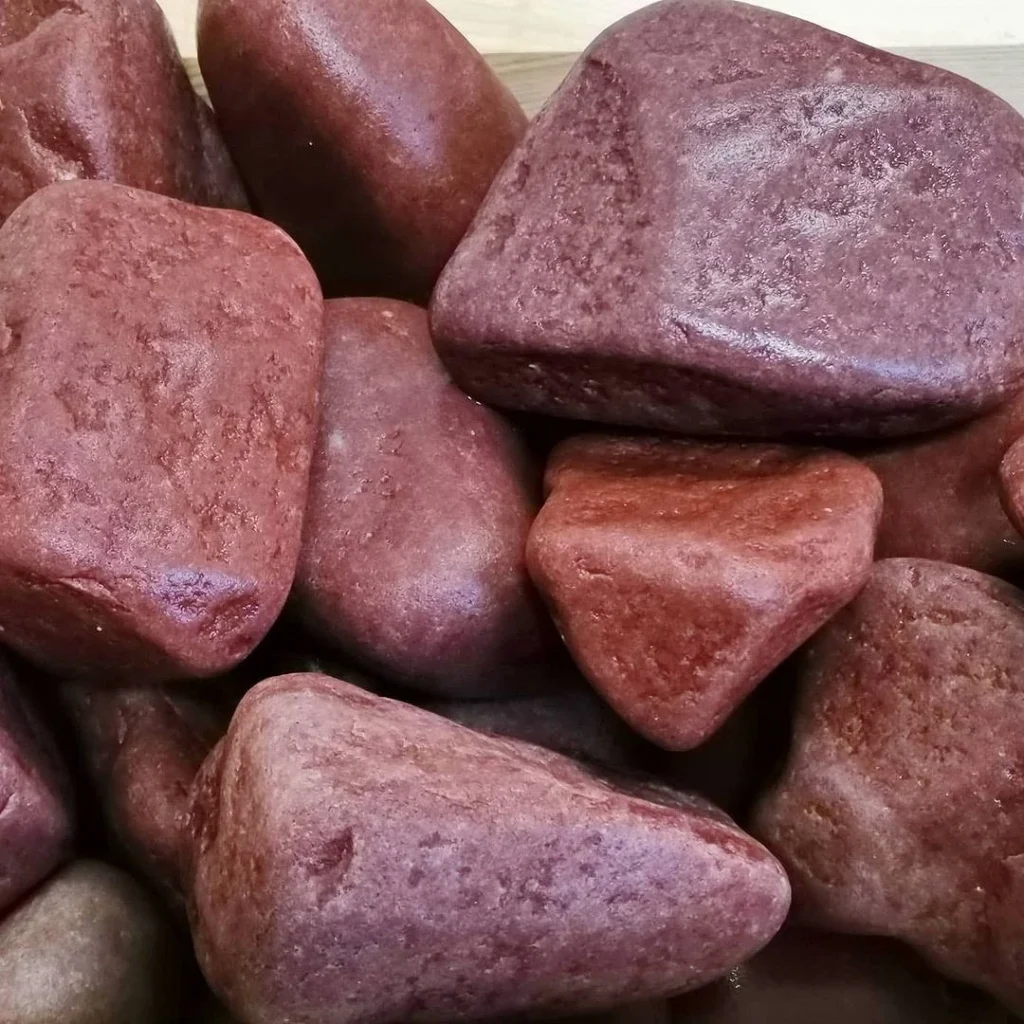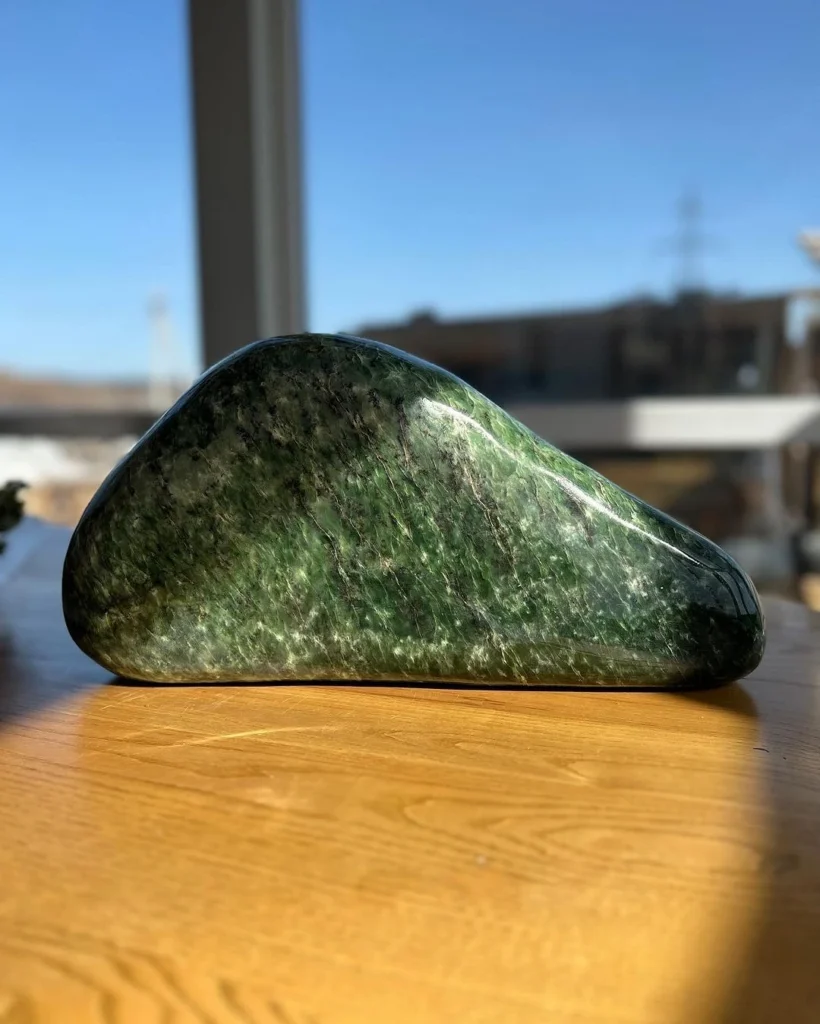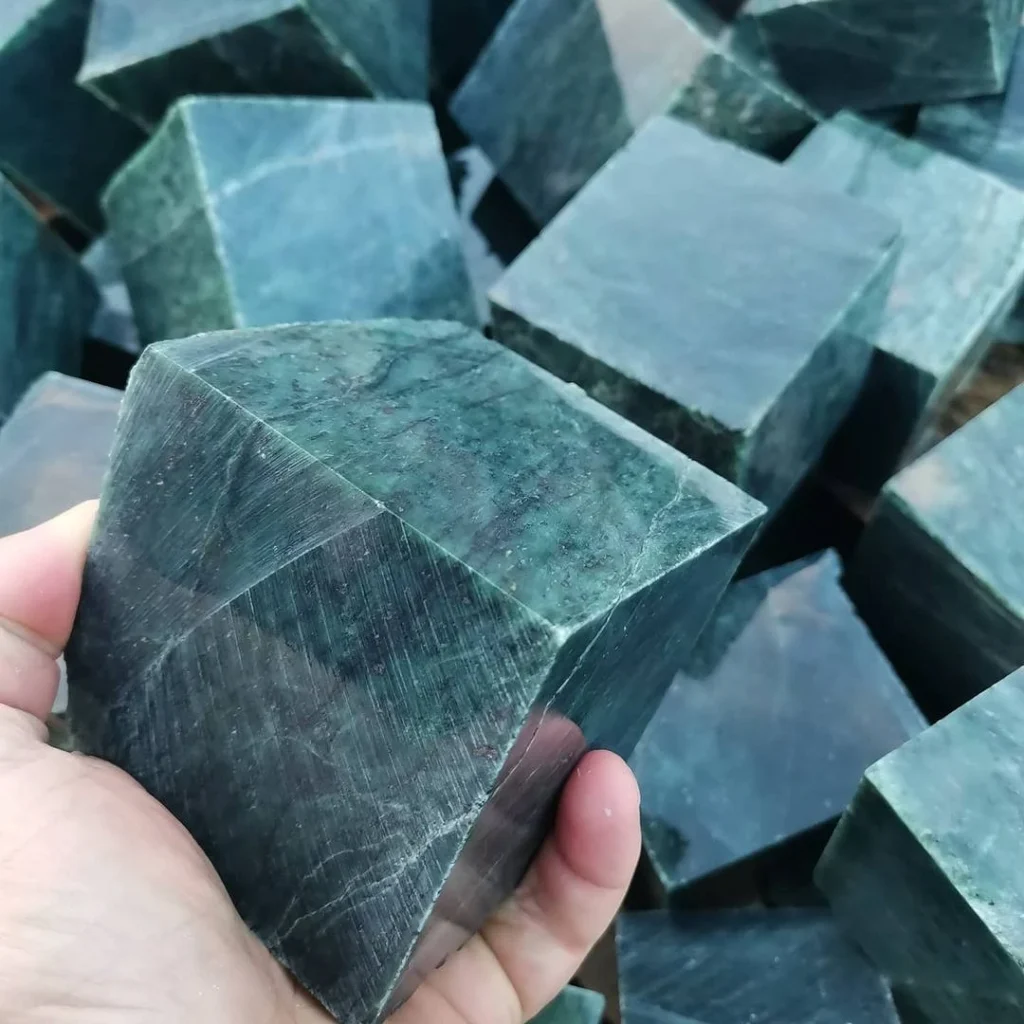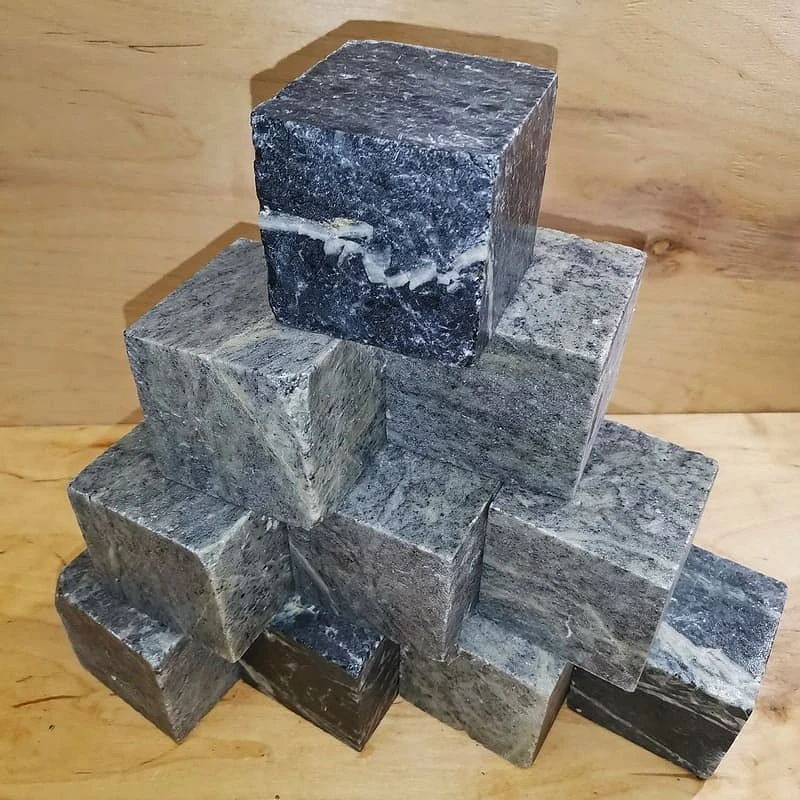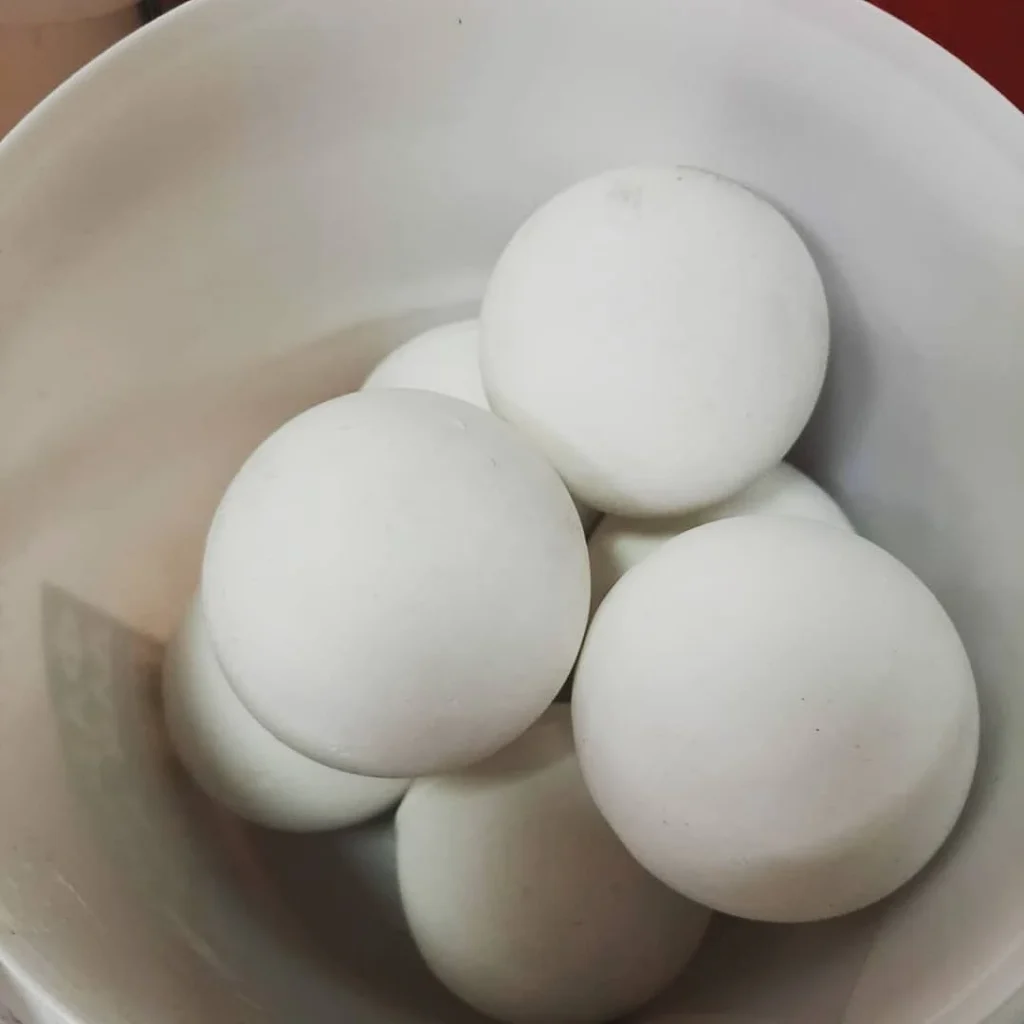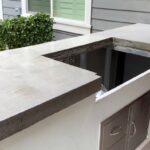The filling for the stove in the steam room must be chosen wisely. Correctly selected stones make bathing pleasures more enjoyable and the steaming process easier and more convenient. You will learn which minerals are best suited for a bath in our article.
Choosing the best stones for a sauna is not the easiest task. But it depends on them how complete the pleasure from bath procedures will be. If they turn out to be unsuitable, then you won’t be able to steam well: the heat will disappear quickly, there will be little steam, and such a filler will have to be changed once a year or more often. At the same time, well-chosen minerals will not only give true bliss to steam room lovers but will also improve the health of the body and also provide aesthetic pleasure with their appearance.
Why are stones needed in the bathhouse?
The heart of any steam room is its stove. This is what gives you the opportunity to warm up and take a steam bath. But without a stone filler it is useless: minerals absorb the heat of the fire, and then gradually release it. In addition, they are poured with water to obtain moist hot steam, without which the ritual of cleansing the soul and body turns into banal hygienic procedures.
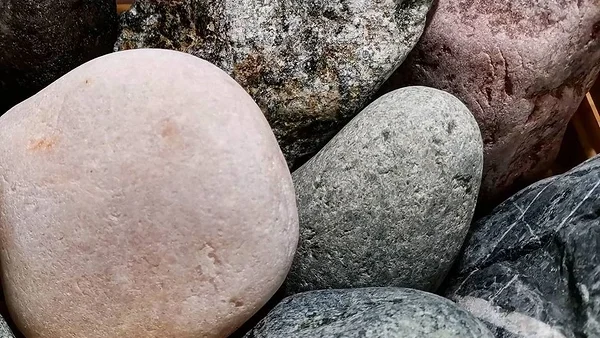
Good stones should not cool down for a long time, easily withstand heating and sudden cooling with water (not crack or crumble), and also look attractive. It would seem why complicate everything and look for some special breeds. Isn’t it easier to collect beautiful boulders on the street, wash them, and put them in the heater? This is very convenient but fundamentally wrong.
Answering the question of which stone is best for a steam room for a bath, we can definitely say that it is not pebbles collected along the road. Cobblestones found near railways or in industrial areas may have a radioactive background or contain toxic impurities. Landfills and highways are also not the best places to search. It is not recommended to take pebbles from standing water. But even minerals collected according to all the rules can be dangerous: they may contain a high iron content, which is harmful to health, they may be limestone and crumble when heated into fine dust, dangerous if inhaled, and, finally, it is possible that they will become unpleasant smell when you find yourself in a damp and warm room.
The correct filler for the stove can be bought in stores, and the choice is very large. Some minerals instantly reach the desired temperature (and cool just as quickly), others can remain hot for many hours, others saturate the air with useful substances… And each of them has its own advantages (and sometimes disadvantages), which are worth learning about before purchasing.
To ensure that the stones last a long time and without problems, it is better to choose a ready-made set in the store. This is the only way to be sure that their heat capacity, resistance to high temperatures, environmental friendliness, and safety meet the standards.
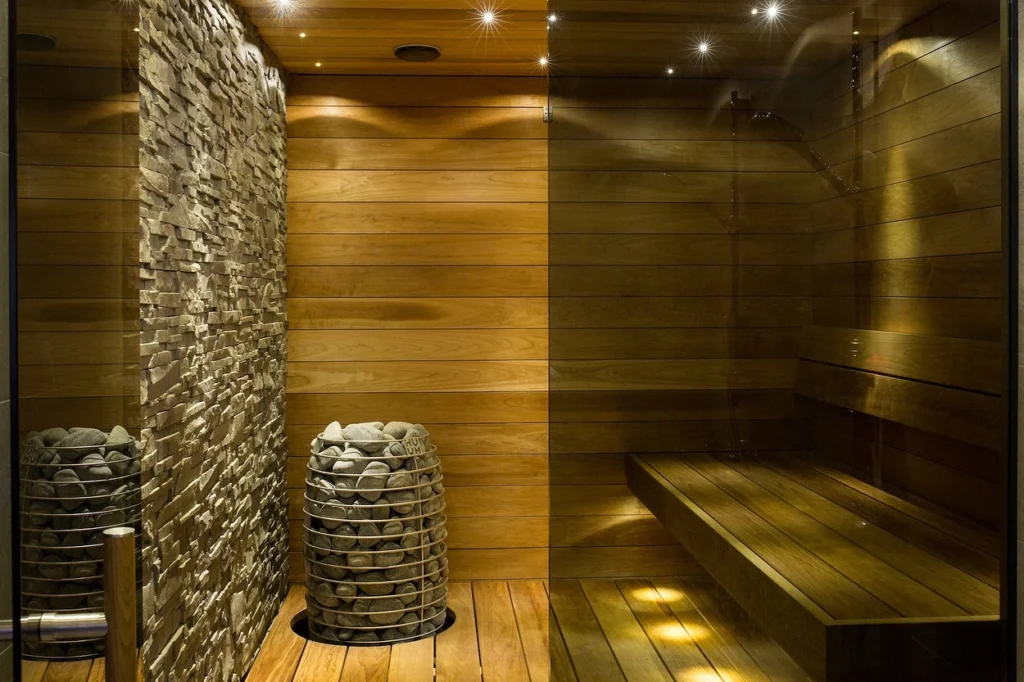
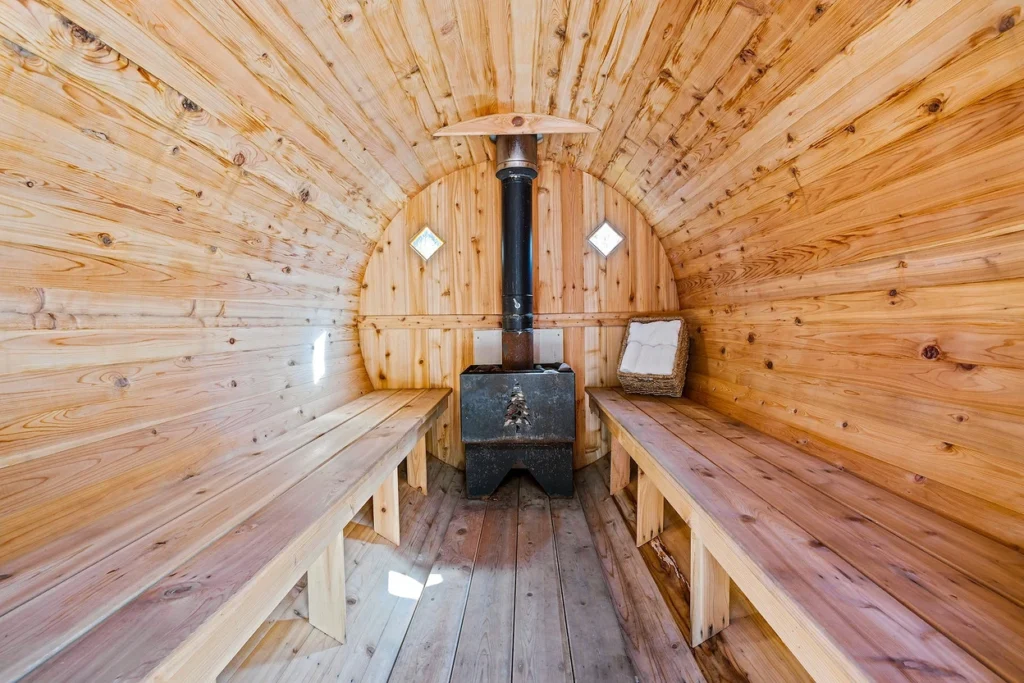
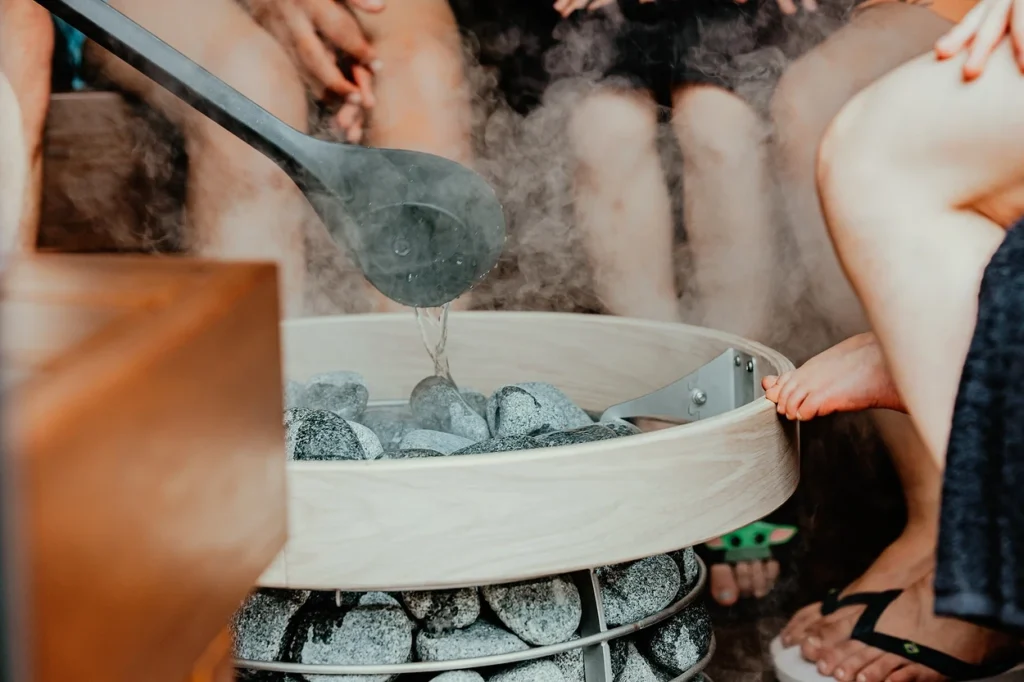
What stones are suitable for a bath
Fillers for sauna stoves vary greatly in their characteristics, appearance and of course, price. Each bath attendant has selection criteria and favorite minerals, but still some of them are generally recognized as optimal.
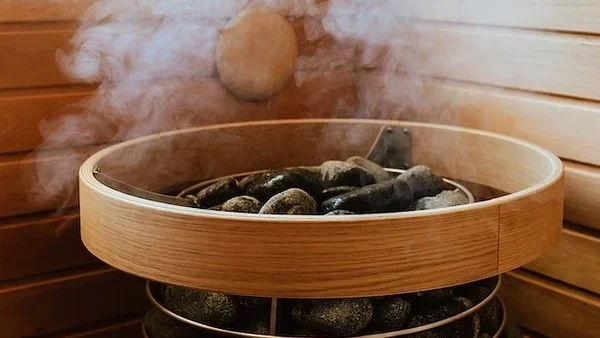
- Basalt (volcanic rock) is solidified lava. Due to its origin, it is exceptionally resistant to heat: it will not crack or catch fire in the stove. The steam from it will be thick and persistent.
- White quartz is incredibly beautiful due to its translucent structure, and is also good for health: upon contact with water, the hot mineral releases oxygen, ozonizing the room. Its only drawback is cracking from very high temperatures.
- Gabbro-diabase is a type of granite that is an inexpensive and durable option. Among its advantages: uniform heating and long cooling, but since this mineral tends to expand greatly under the influence of heat, it quickly becomes unusable. In addition, when essential oils come into contact with it, carbon deposits form, and when overheated, an unpleasant odor appears.
- Dunite is very heat-resistant, so it can either be used to fill the entire heater (it is inexpensive) or placed on its bottom or near the walls to protect more valuable and fragile rocks from destruction.
- Jadeite is a semi-precious mineral of a pleasant green hue that will decorate the most stylish steam room. It heats up well, has very high strength and produces a lot of dense steam.
- Raspberry quartzite looks unusual due to its dark pink hue and is durable. Usually used in open ovens, where you can see its beautiful color.
- Jade will last a very long time – up to 10 years, so its high price will have time to pay off more than once. It is known for its good heat capacity and unmatched strength. Of course, its aesthetic qualities also play an important role: most often, jade is placed in the oven precisely for beauty.
- Soapstone is a record holder for heat preservation and at the same time heats up quite quickly. It is often used not only as a filler, but also as a facing material for the heater. Gives a light, pleasant vapor.
- Porcelain is a non-standard, but very aesthetic option for a steam room. White, perfectly smooth ceramic spheres look great in an open oven. They are heat-resistant and retain heat no worse than natural minerals.
- Chromite is very durable: it expands evenly when heated and does not crack when suddenly cooled. Gives dry and hot steam.
Advice: stones can be combined, placing the most expensive and beautiful ones on top so that they can be seen, and the most heat-resistant and cheaper ones – closer to the heat source.
Selection rules
To understand which stones are best to buy for a bath, you need to find out what criteria are used to select them. Most often, when purchasing, heat capacity, heat resistance, as well as the size and shape of minerals are taken into account.
Heat capacity
This parameter is directly related to the specific gravity and homogeneity of the material.
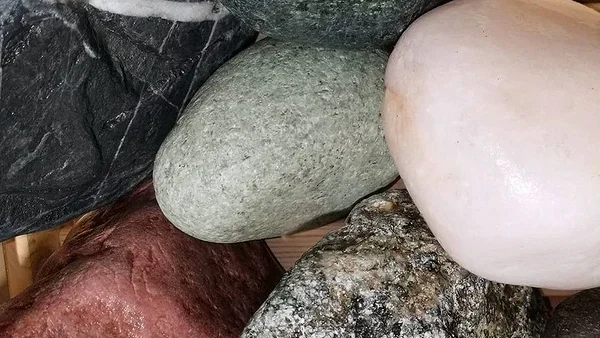
The high density of the rock and the minimum amount of impurities provide good heating capacity: the mineral will absorb more heat and release it longer. Such substances distribute temperature throughout their entire mass, so even after watering with cold water they remain hot.
It is best if this indicator is about 1 (or higher). Stones with lower numbers cool down faster and are only suitable for short-term vaping. The most heat-intensive are jade, basalt and porcelain.
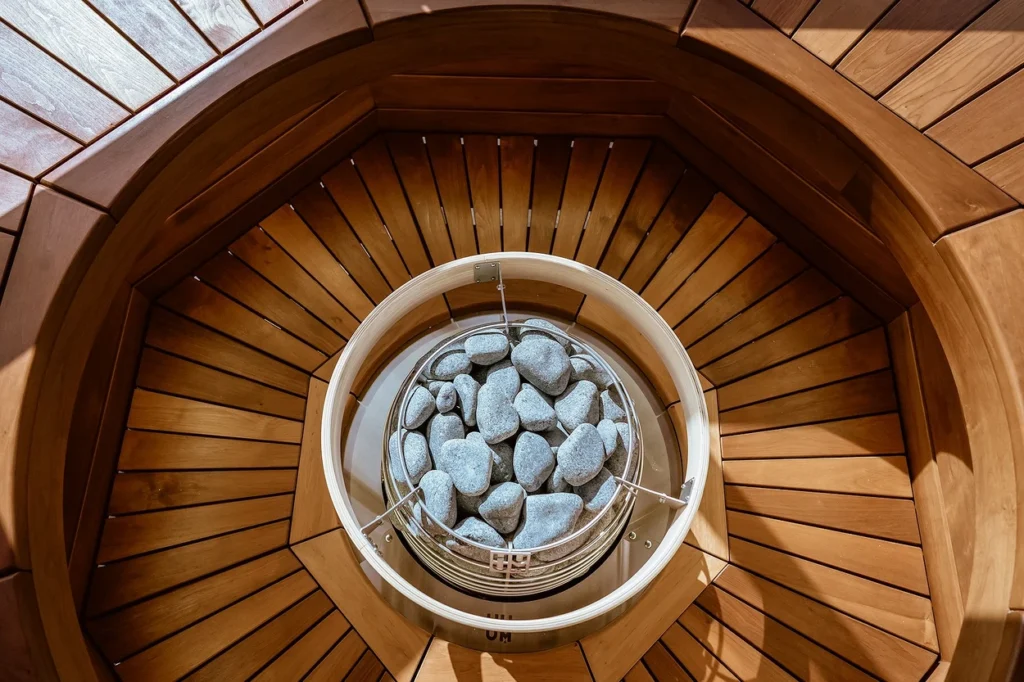

Heat resistance
This word refers to the ability to withstand high temperatures and temperature changes. Minerals should not crack or crumble.
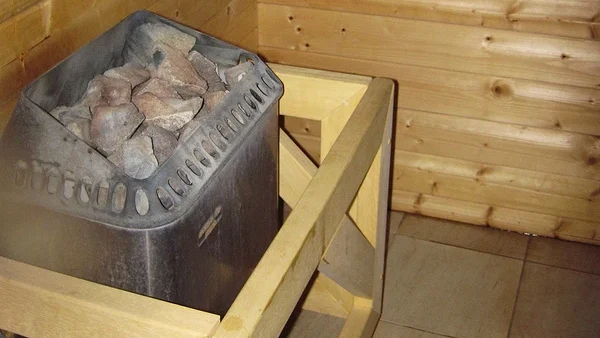
The most resistant to heat are basalt and quartzite.. However, this does not mean that the other options are much worse: as a rule, neither in a bathhouse nor in a sauna the filler is brought to extreme levels at which the rock begins to melt or break. The exception is white quartz, which should be placed away from hot parts.
Open heaters usually heat up to 150-200 degrees, which can easily withstand all types of bath stones. A sharp cooling from water is more dangerous for them: in order not to spoil the rock, you should pour it with hot liquid, not ice. And herein a closed furnace the temperature can reach 500 degrees, so if possible, more durable jade and jadeite or quartzite are placed there.
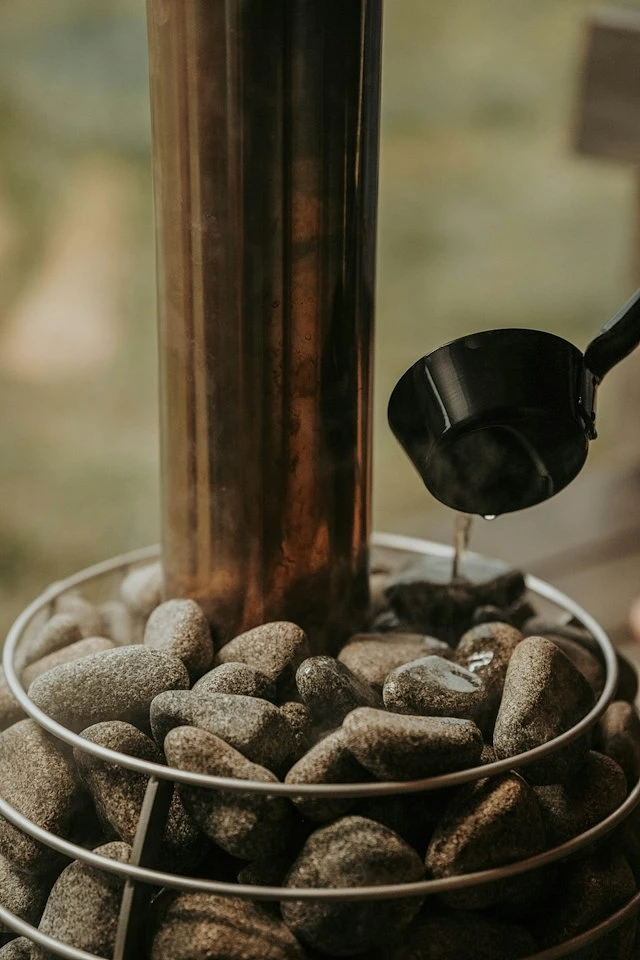
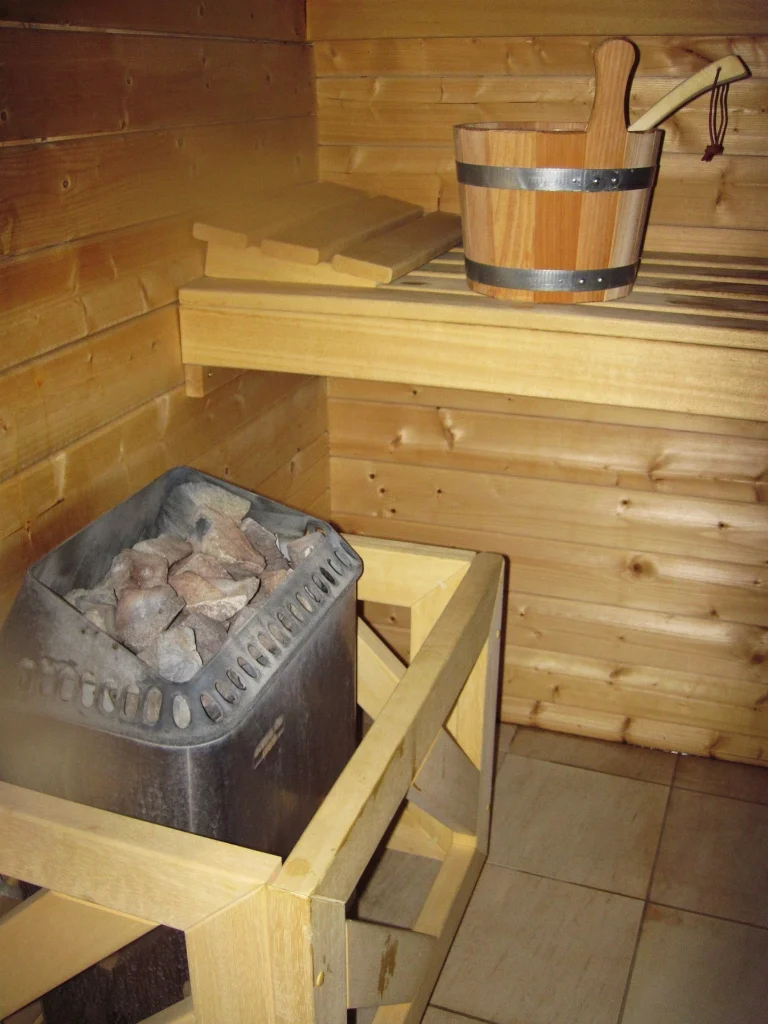
Size and processing
The size primarily affects the heat capacity: the larger it is, the slower the cooling. In addition, large dimensions (from 5-7 cm) provide a longer service life.
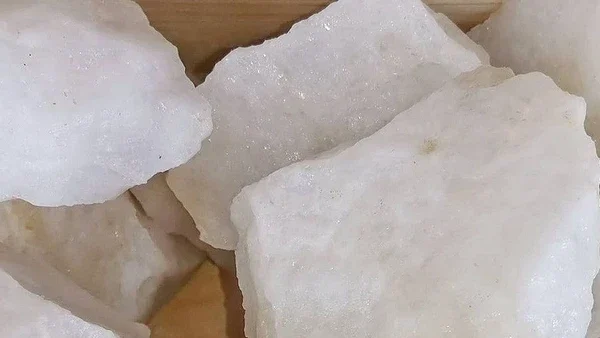
Please note: in order for steam to flow evenly and ensure heat distribution to every corner of the steam room, all filler fractions must be approximately the same size. The shape is preferably flat – this will make it easier to lay them, and the gaps between them will be minimal.
From a processing point of view, the optimal choice would be the golden mean – rolled or tumbled minerals instead of ground and untreated. The reason is simple: on perfectly smooth surfaces, water does not linger and immediately drains, risking flooding the stove; split rocks crumble easily and are therefore short-lived. But tumbling allows you to remove thin edges and give the stones a suitable shape without removing the roughness that is needed to generate steam.
Advice: fill the heater with tumbled or untreated minerals, and put polished ones on top for beauty.




Which stones are better
A universal filler that will work well in any oven is jade. It will last a long time, is resistant to temperature changes, holds heat well, cooling slowly, and it looks impeccable. But it is also the most expensive, so its purchase is not always justified.
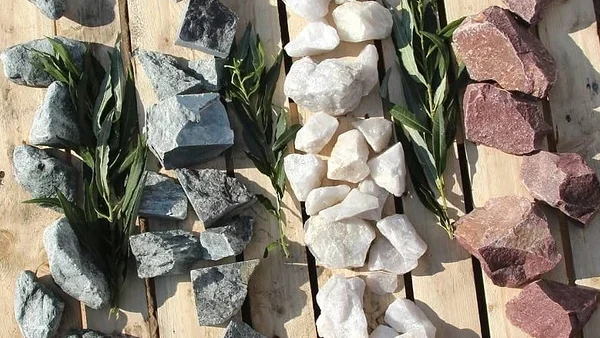
How to choose good stones? The table below will help you understand which breeds are suitable for your bathhouse.
| Mineral | Service life, years* | Heat capacity, kJ | Suitable for closed heater | Price |
|---|---|---|---|---|
| Basalt | 2-3 | 0.9-1.3 | – | low |
| White quartz | 3 | 0.75 | – | average |
| Gabbro-diabase | 2 | 0.85 | – | low |
| Dunit | 6 | 0.6-0.8 | – | low |
| Jade | 4 | 0.88 | + | high |
| Raspberry quartzite | 4-5 | 0.7-1.3 | + | low |
| Nephritis | 10 | 1.1 | + | high |
| Soapstone chlorite | 3 | 0.85-1 | – | average |
| Porcelain | 10 | 0.8-1.1 | – | high |
| Chromite | 5 | 0.92 | + | average |
*The durability of the filler depends on its original quality, as well as on the frequency and conditions of use and may vary.
Those who like to steam frequently and for a long time and are willing to spend a considerable amount of money on this pleasure should take jade, chromite, or porcelain. If the sophisticated look of an open heater is your main concern, and extreme temperatures are not needed, you can take a closer look at quartz, quartzite, and jadeite. If you have a limited budget and infrequent trips to the steam room, it makes sense to choose affordable and reliable dunite (if you like a soft sauna) or basalt (for those who like it hot).
For a closed furnace, use the most heat-resistant stones with high strength (jade, jadeite, chromite, quartzite). The remaining rocks will quickly become unusable since the heating in such a heater is extremely strong. Any filler can be placed in open-type devices.
Often minerals are combined with each other to achieve several effects at once. For example, you can load inexpensive basalt, which retains heat for a long time, and supplement it with quartz with a healing effect and quartzite for a spectacular look of the stove. Ready-made kits can also be found in stores.
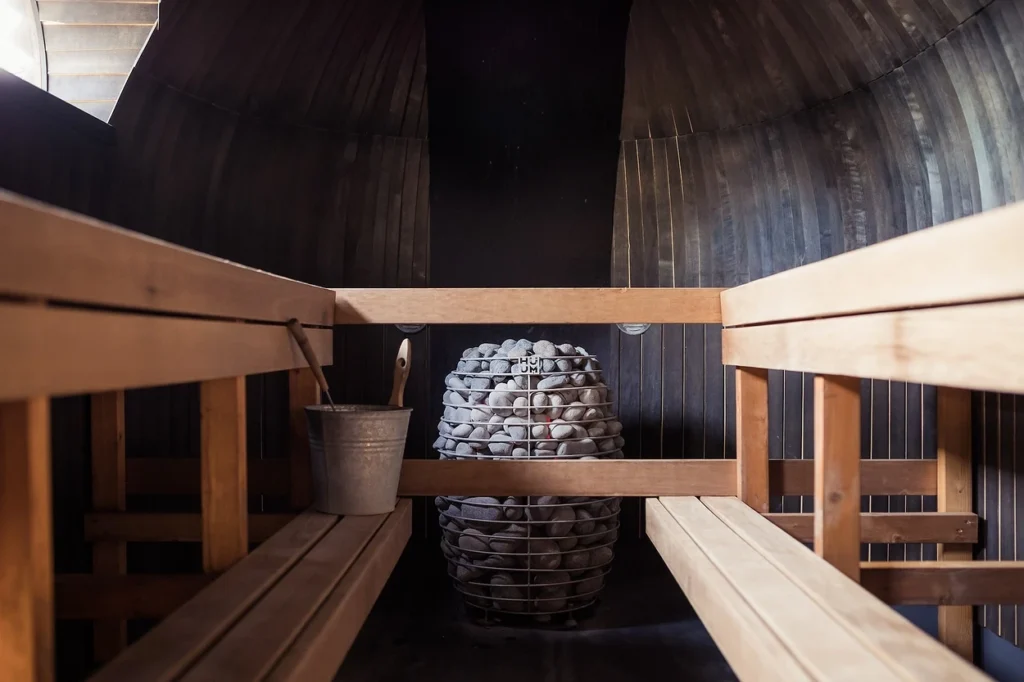
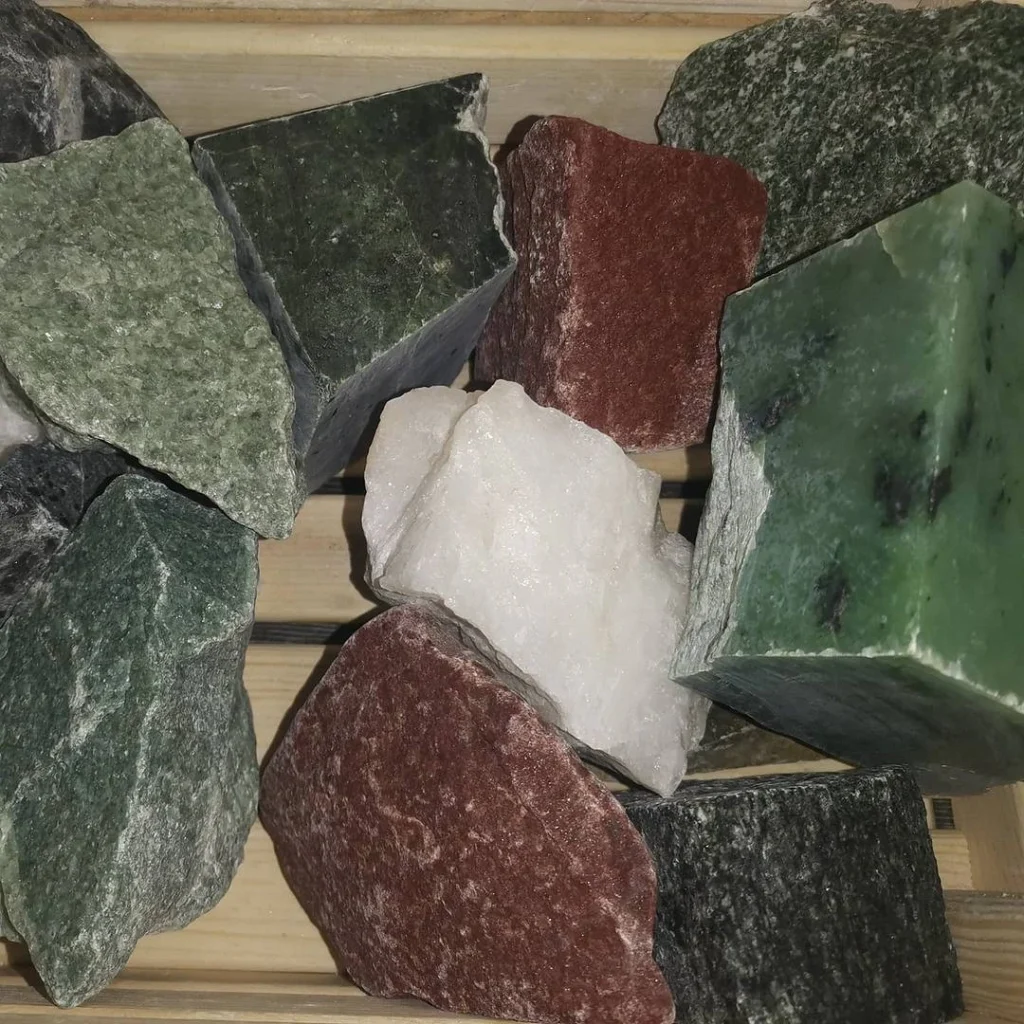
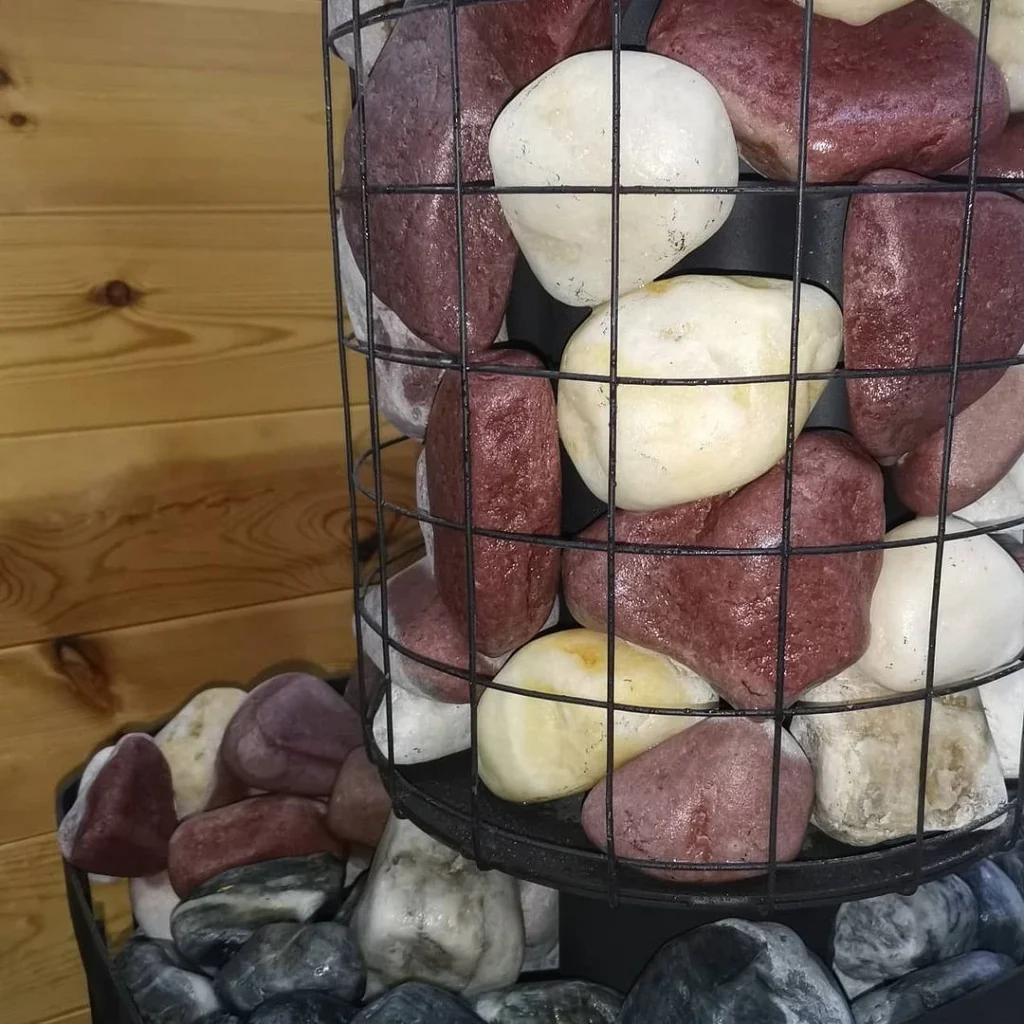
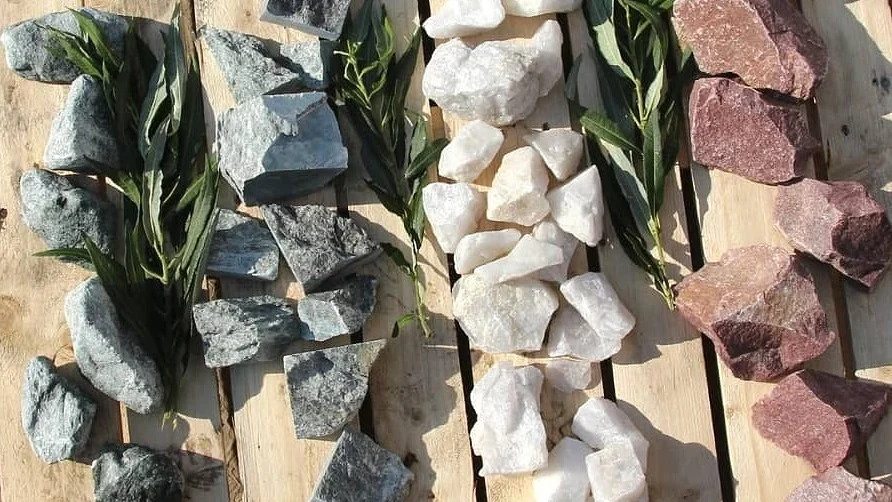
Rules of care
Before placing in the oven, the stones must be washed and completely dried. The largest and heat-resistant specimens are placed in the lower part of the heater, then the medium ones, and the smallest ones and those that cannot tolerate overheating are placed at the top.
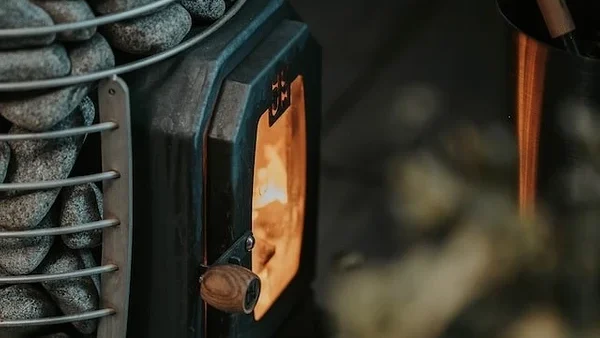
Once a year or more often (if you steam every week), the entire contents of the oven are taken out, washed under running water, and sorted out. If porosity has become noticeable on some stones, cracks, and breaks have appeared, such specimens are definitely thrown away: water will accumulate in the holes, which expands when heated and can tear the rock apart. The same applies to minerals that have begun to crumble: dust from them can get into the air, and then into the lungs, settling there and harming health.





